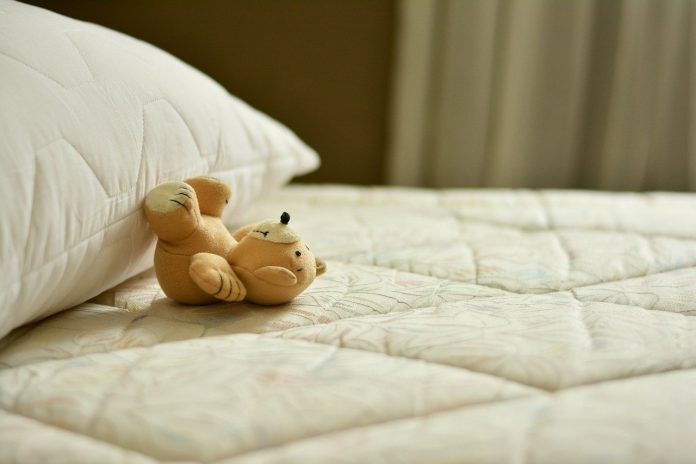Mattresses are divided into two types – spring and springless. When choosing one with a spring unit, you should pay attention to the number of springs. Optimal density is 550 pieces per bed. The more springs there are per sleepy, the better anatomical effect of the mattress. Recently, springless mattresses have become increasingly popular. They are assembled from one or more layers of materials, both natural and artificial. Combination of different materials provides different degrees of hardness of the mattress.
Which mattress is better – spring or springless? It is difficult to answer this question, because each of them has a number of advantages.
Spring mattresses withstand heavy loads and are highly durable. They are well ventilated and adapt as accurately as possible to the contours of the sleeping person’s body. Springless models do not accumulate static electricity and are not at risk of creaking due to the lack of metal structures in their composition. They can be used on various transformable bases, and in addition, they are convenient in transportation, as they can be sold in twisted form. Read more about springless mattresses on top10mattressinabox.co.uk.
Before choosing a spring mattress, you should pay attention to the maximum allowable load on one sleepy.
Hardness of the anatomical bed is selected individually, depending on the age, weight and preferences of the person. The greater the weight of the sleeping person, the stiffer the mattress should be. Not only comfort during sleep, but also the product’s service life depends on this, because in hard models, materials more resistant to early deformation) are used.
When choosing a size, one should rely on two criteria – spatial capabilities of the bedroom and physiological characteristics of the person.









